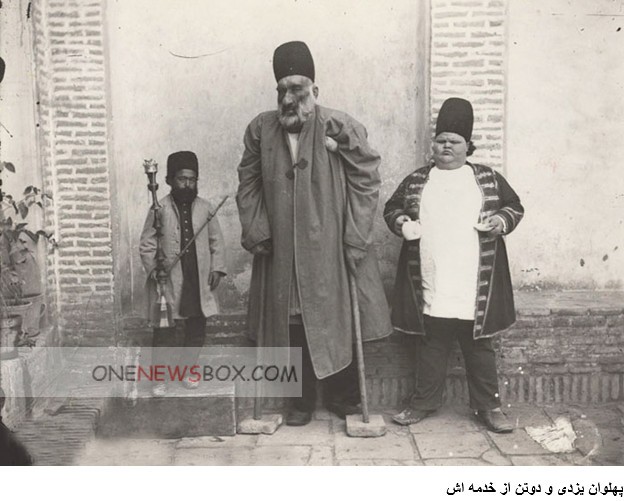[custom_adv]
 The Qajar dynasty was an persian royal dynasty of Turkic origin, specifically from the Qajar tribe, which ruled Persia from 1794 to 1925.The state ruled by the dynasty was officially known as the Sublime State of Persia.
The Qajar dynasty was an persian royal dynasty of Turkic origin, specifically from the Qajar tribe, which ruled Persia from 1794 to 1925.The state ruled by the dynasty was officially known as the Sublime State of Persia.
The official unveiling decree associated with the reign of Reza Shah stands among the most …